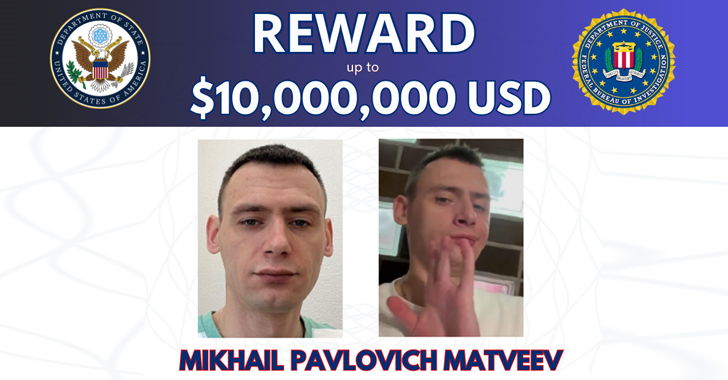The National Cyber Incident Response Plan (NCIRP) is a crucial document outlining the U.S. government’s strategy for addressing cyber incidents. It serves as a blueprint for collaboration between federal agencies, private entities, and state, local, tribal, and territorial (SLTT) governments in the face of increasingly sophisticated cyber threats.
If you’d rather, here is a AI generated podcast summarizing the paper:
Key Objectives of the NCIRP
- Establish a coordinated national response to significant cyber incidents.
- Provide a framework for the roles and responsibilities of various stakeholders in incident detection and response.
- Outline the coordinating structures, key decision points, and priority activities throughout the cyber incident lifecycle.
- Promote a unified approach to incident response, ensuring efficient and effective action.
Four Lines of Effort
The NCIRP outlines four key Lines of Effort (LOEs) to manage cyber incidents:
- Asset Response: Led by the Cybersecurity and Infrastructure Security Agency (CISA), this LOE focuses on protecting assets, mitigating vulnerabilities, and minimizing incident impact.
- Threat Response: Spearheaded by the Department of Justice (DOJ) and the Federal Bureau of Investigation (FBI), this LOE involves investigating, attributing, and disrupting malicious cyber activity.
- Intelligence Support: Led by the Office of the Director of National Intelligence (ODNI) through the Cyber Threat Intelligence Integration Center (CTIIC), this LOE focuses on building situational awareness, analyzing threat trends, and identifying knowledge gaps.
- Affected Entity Response: This LOE involves managing the impact of a cyber incident, including maintaining operational continuity, protecting privacy, and complying with regulations. The lead agency varies depending on whether the affected entity is a federal agency or a private organization.
Cybersecurity Incident Response Phases
The NCIRP outlines two primary phases for incident response:
- Detection Phase: This phase involves continuous monitoring and analysis of cyber activity to identify potential incidents. Key decisions and activities in this phase include:
- Determining the severity of the incident based on its potential impact on national security, the economy, and public health and safety.
- Deciding if CISA should convene an incident-specific group of stakeholders through the Joint Cyber Defense Collaborative (JCDC) to coordinate asset response activities.
- Assessing the need for a Cyber Unified Coordination Group (Cyber UCG) to enhance interagency coordination.
- Response Phase: This phase focuses on containing, eradicating, and recovering from an incident. Key decisions and activities in this phase include:
- Identifying key private sector stakeholders to contribute to solution development and implementation.
- Establishing shared priorities for response efforts based on the scope and impact of the incident.
- Determining the appropriate timing and methods for implementing response activities.
- Evaluating resource needs and considering whether to utilize the Cyber Response and Recovery Fund (CRRF).
- Defining the criteria for concluding the incident response phase.
Coordinating Structures
The NCIRP leverages existing coordinating structures to enhance incident response, including:
- Cyber Response Group (CRG): Responsible for policy and strategy development and implementation regarding significant cyber incidents.
- Cyber UCG: The primary operational coordination mechanism for federal agencies during significant cyber incidents.
- Sector Risk Management Agencies (SRMAs): Provide sector-specific expertise and support to the Cyber UCG and affected entities within their respective sectors.
- Joint Cyber Defense Collaborative (JCDC): Fosters public-private partnerships to address cyber incidents through planning, information sharing, and development of mitigation guidance.
Preparedness and Implementation
The NCIRP emphasizes continuous preparedness and ongoing implementation efforts to ensure national readiness for cyber incidents. CISA plays a crucial role in these efforts, leading activities such as:
- Developing supplementary plans: CISA creates additional documents addressing specific issues and stakeholder communities to enhance national preparedness.
- Updating the NCIRP: CISA regularly updates the NCIRP to reflect changes in the cyber threat landscape, laws, and lessons learned from past incidents.
- Facilitating nationwide activities: CISA works with stakeholders to implement actions outlined in Annex B of the NCIRP, which focuses on preparing for cyber incidents.
The NCIRP is a living document, constantly evolving to address the ever-changing cyber threat landscape. It serves as a vital resource for all cybersecurity enthusiasts, providing insights into the nation’s strategic approach to managing cyber incidents.



